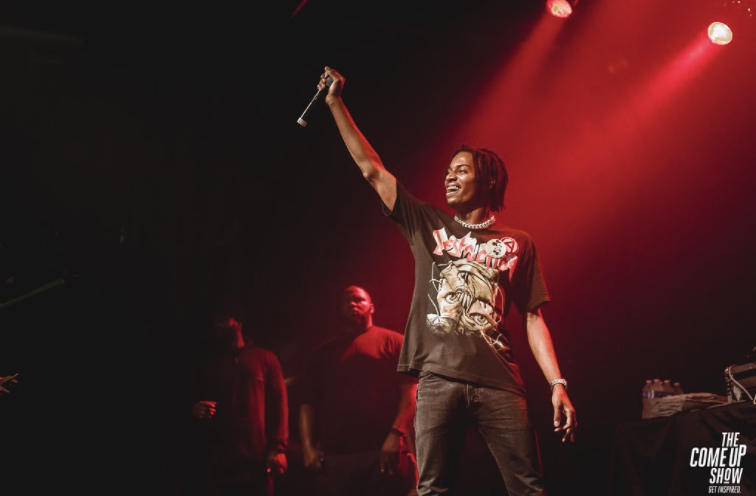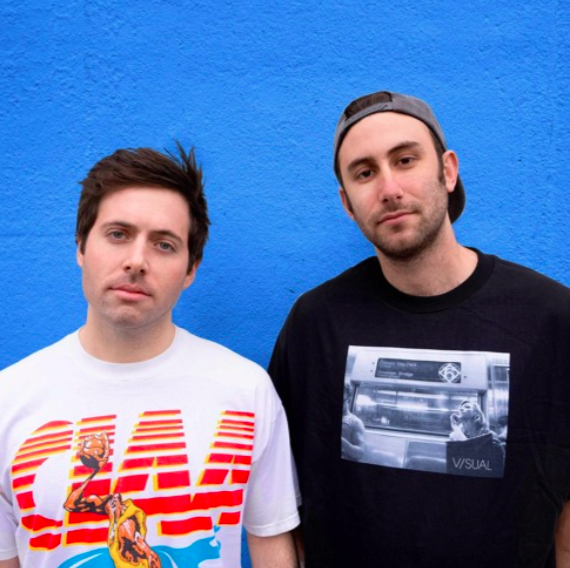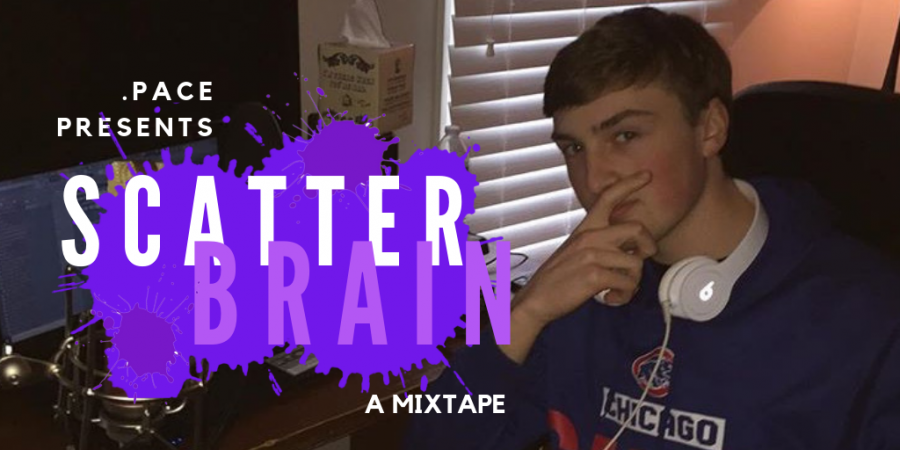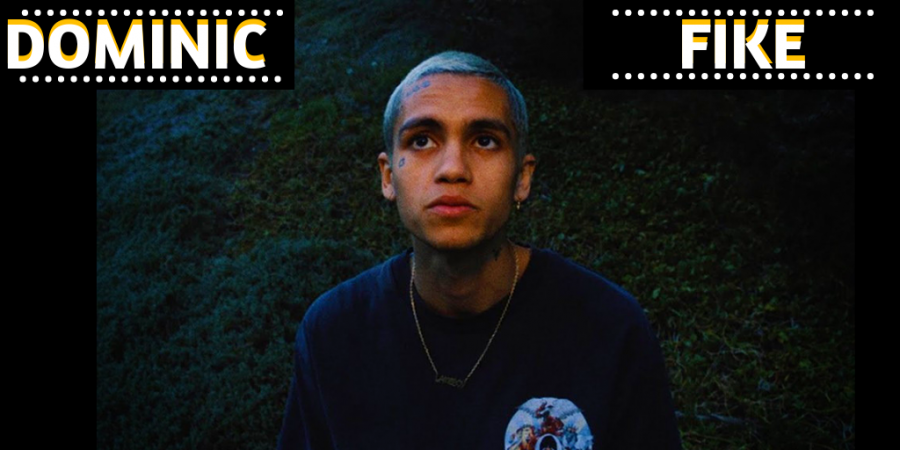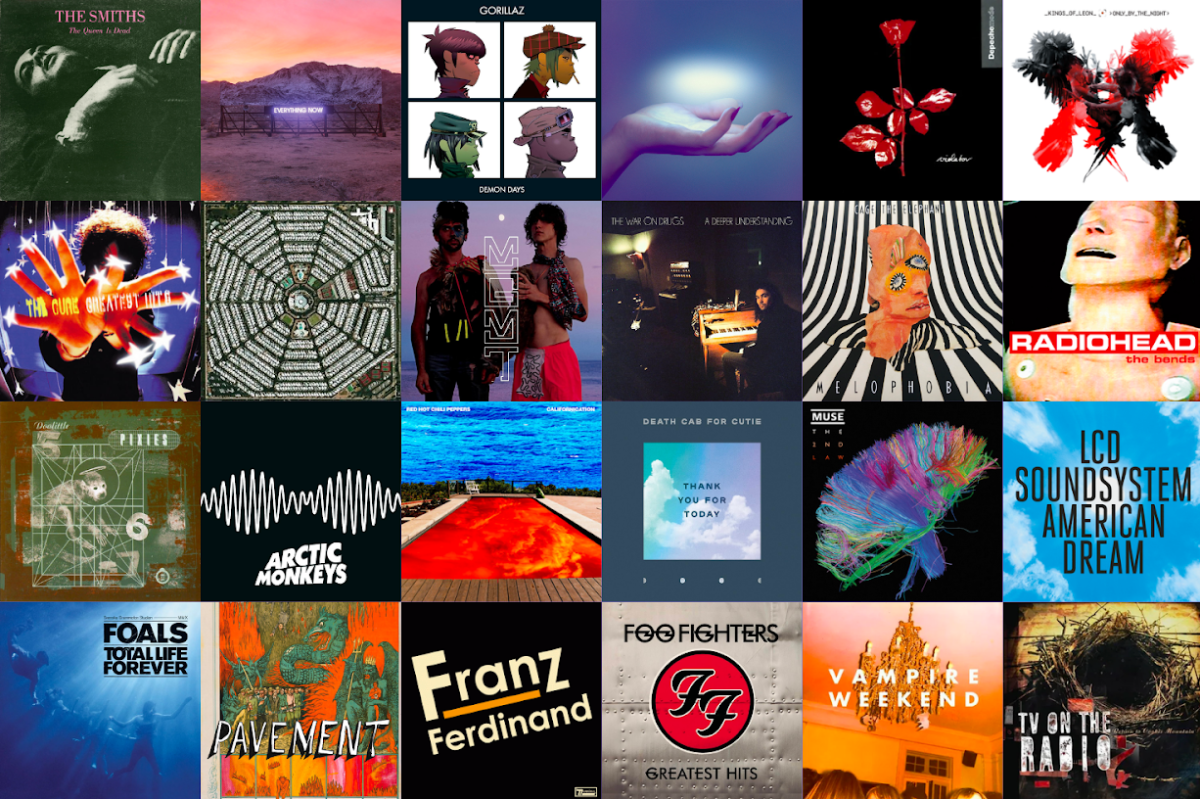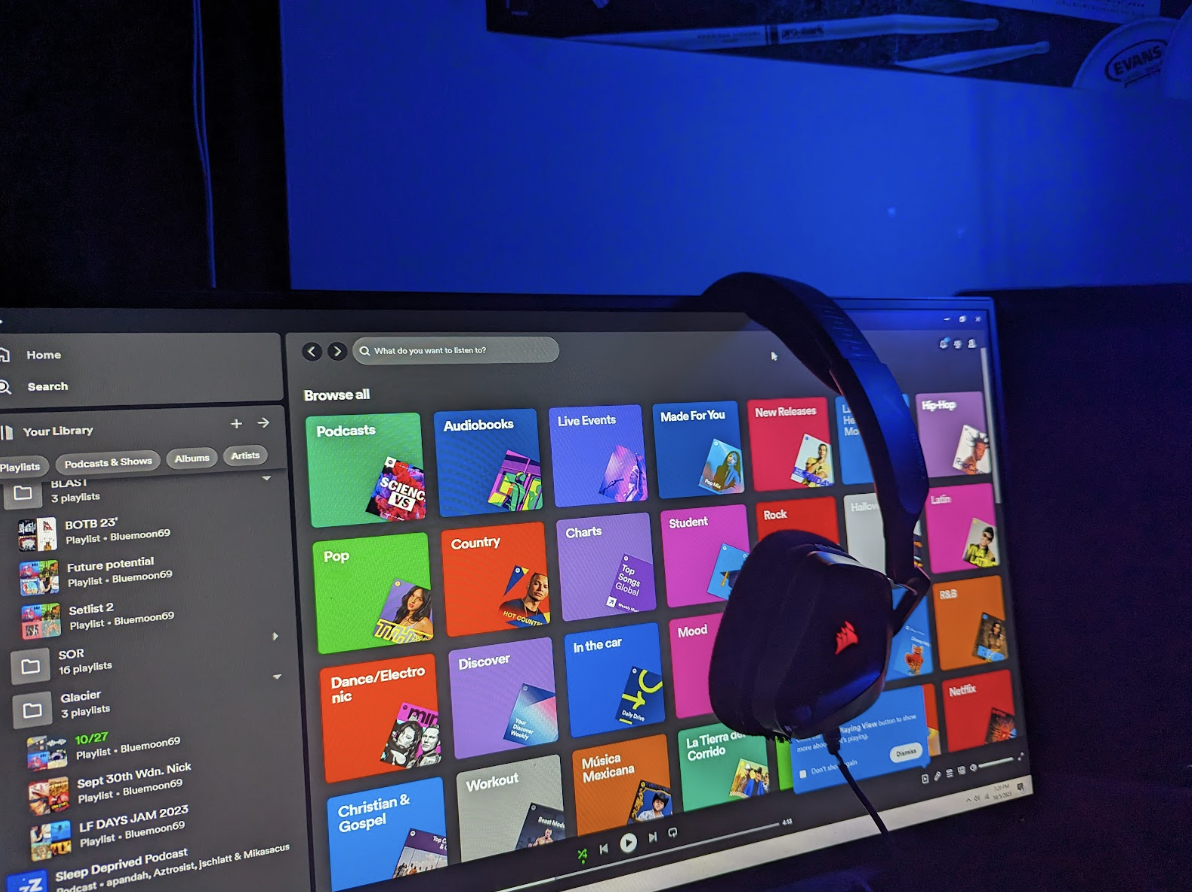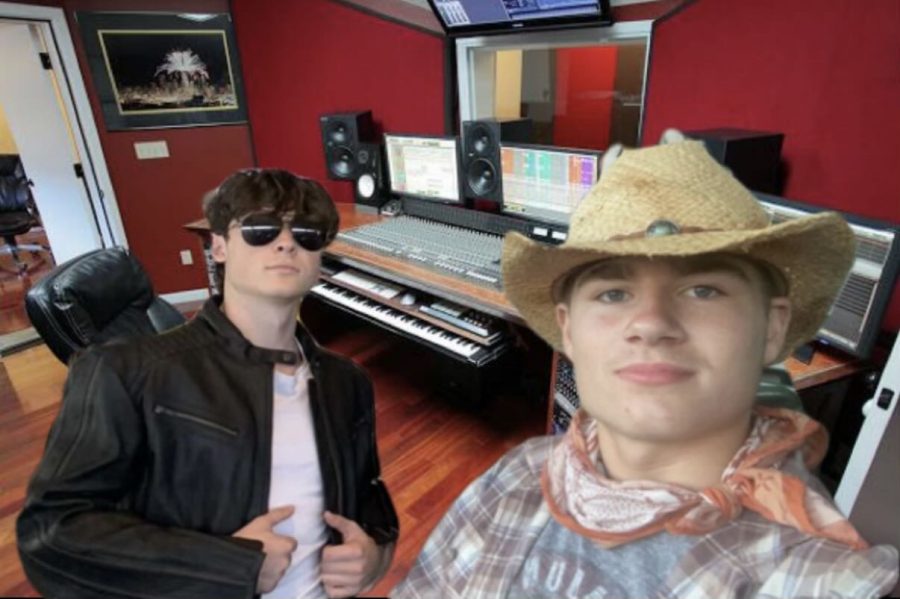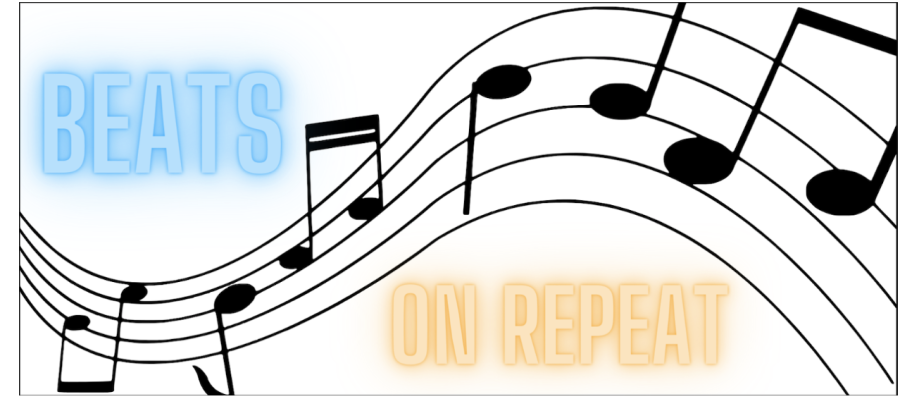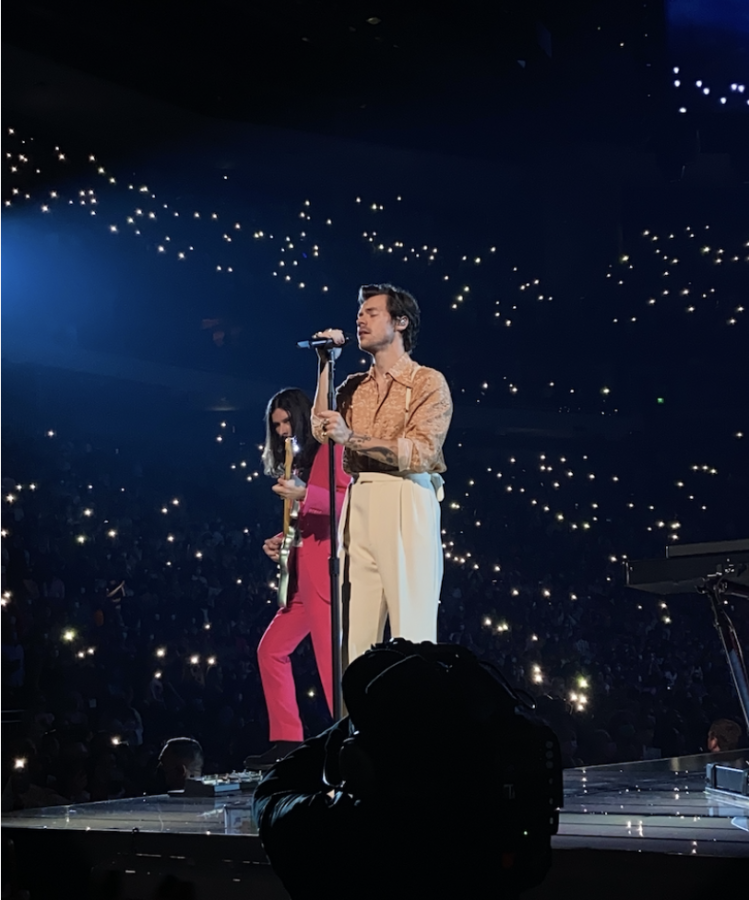The simple, poetic genius of the Everyman of American rock and roll, Mr. Thomas Earl Petty, is undeniable. The long blonde hair, the laid back California style, the lyrics that released a certain magnetism that only Petty could construct, all fused to manifest into songs that truly felt like firsthand memoirs of American self-exploration.
For many, when considering the music of Tom Petty and the Heartbreakers, the first ten seconds of his songs come to mind. Whether it’s the outset guitar riff on “American Girl” (the one that preludes the mysterious “ch-ch”), the long, launching strum of “Free Fallin,'” or the quick, contagious drum roll interlude between chords on “Don’t Do Me Like That,” those catchy opening melodies carry the song until you get to Petty’s unmistakable voice.
From there, the lyrics and talent take over. You get a dose of simple American imagery: Ventura Boulevards and them Indiana boys on them Indiana nights. Nothing too metaphorical or complex, just picture-book scenes of a rebellious, nowhere-to-go youth in search of temporary love. You don’t have to explain the meanings or play it backwards on a record player at 11:11 to decode each song’s meaning. What you heard was what you got, and for me, that was always how I believe he intended to have it.
From the early beginnings, Petty and the Heartbreakers’ combination of Byrds-like riffs and Stones-esque swagger created a distinctly American music that was catalyzed by the past without being indebted to it. It was Dylan and Young combined without relying too much on either man’s trademark qualities. It was Petty, man. And Petty wrote the hits.
Though songs like “Mary Jane’s Last Dance,” “Free Fallin'” “Learning to Fly” and “American Girl” will enjoy their own eternal lore at barbecues and tailgates and fish fries and block parties, there are other songs that will undoubtedly fade into relative obscurity. I don’t mean secondary hits like “Refugee,” “The Waiting,” “Running Down a Dream,” or “I Won’t Back Down,”–those will still present themselves if you leave the Pandora or Spotify algorithm enough time.
But if you listened to enough of any artist–and Petty and the Heartbreakers are no exception–there are the deep cuts, the underappreciated, only-if-you-bought-the-album tracks that fans become so territorial over. After all, there’s probably a reason why some true fans insist on going to the bathroom at concerts during the sing-a-long tracks.
As is the case with all musical legends, their full catalog of music reaches a posthumous peak in the weeks directly following their death, only to fade beneath the “most popular” tracks from that respective artist and the millions of other accessible songs and albums streaming services offer.
But in only eating the upper crust, you neglect that whole bit of purity that an artist like Tom Petty evokes. Ultimately, his songs will be covered and replayed and karaoke’d enough that you’ll eventually forget the beauty of the artist. In time, unfortunately, people will think John Mayer wrote “Free Fallin'” because he played some acoustic version in a concert at the Hollywood Bowl. That’s when the real tragedy begins. Until then, we’ll remember.


